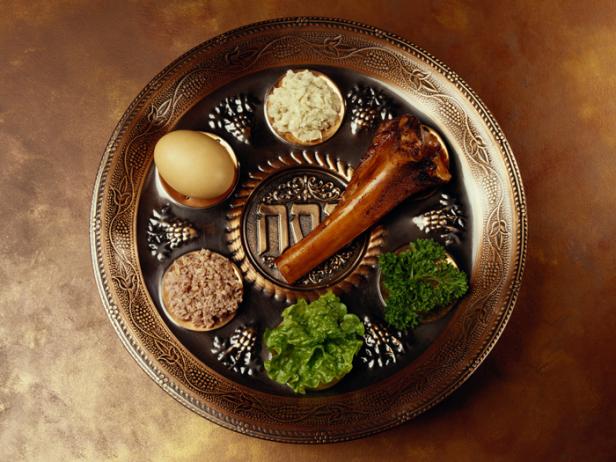
Seder, (Hebrew: “order”) religious meal served in Jewish homes on the 15th and 16th of the month of Nisan to commence the festival of Passover (Pesa). Though Passover commemorates the Exodus, the historical deliverance of the Jewish folks from Egyptian bondage in the days of Moses (13th century bce ), Jews are ever mindful that this event was a prelude to God’s revelation on Mount Sinai. For each participant, for that reason, the seder is an event to relive the Exodus as a personal spiritual occasion. The religious nature of the seder with its very carefully prescribed ritual tends to make the dinner very in contrast to family dinners held on civil holidays. Reform Jews and Jews in Israel omit the 2nd seder due to the fact they restrict Passover to 7 days.
The head of the household, having normally donned a white ritual gown (kittel), begins the ceremony by sanctifying the holiday with a benediction (Qiddush) more than a cup of wine. In all, 4 cups of wine (arba kosot) will be drunk at specified intervals.
After all have washed their hands, the master of the seder presents celery or one more raw vegetable (karpas) dipped in vinegar or salt water to all participants. Then a shank bone, symbolic of the Paschal lamb eaten in ancient instances, and (commonly) a tough-boiled egg, symbolic of God’s loving kindness (or, according to some, a mournful reminder of the destruction of the Temple of Jerusalem), are eliminated from the seder plate, although all recite a prayer.
Following a second cup of wine is poured, the youngest little one asks 4 standard queries about the unusual ceremonies: “Why does this evening differ from all other nights? For on all other nights we eat both leavened or unleavened bread why on this evening only unleavened bread? On all other nights we eat all sorts of herbs why on this night only bitter herbs? On all other nights we need to have not dip our herbs even when why on this evening should we dip them twice? On all other nights we eat both sitting up or reclining why on this evening do we all recline?”
The ready solutions, recited by all in unison, give a spiritual interpretation to the customs, even though some elements of the feast had been doubtless copied from Greco-Roman banquets. In essence, the narration (Haggada) is the story of the Exodus. This special element of the seder celebration keeps alive sacred Jewish traditions that are repeated by succeeding generations at every single seder meal.
All once more wash their hands, then consume unleavened bread (matza) and bitter herbs (maror) dipped into a mixture of crushed fruits and wine, signifying that freedom and spiritual progress are the reward of suffering and sacrifice. At this level the meal is eaten.
When all have eaten and recited grace, a third cup of wine is poured to express thanksgiving to God. As the ritual moves towards its conclusion, psalms of praise (Hallel, previously read in element) are recited in unison and a fourth cup of wine is poured to acknowledge God’s loving providence. Some add a fifth cup of wine (which is not drunk) in honour of Elijah, whose visual appeal at some potential seder will signify the advent of the Messiah. Typically folk songs are sung after the meal.
This post was most lately revised and up to date by Alison Eldridge, Digital Content material Manager.

No comments:
Post a Comment